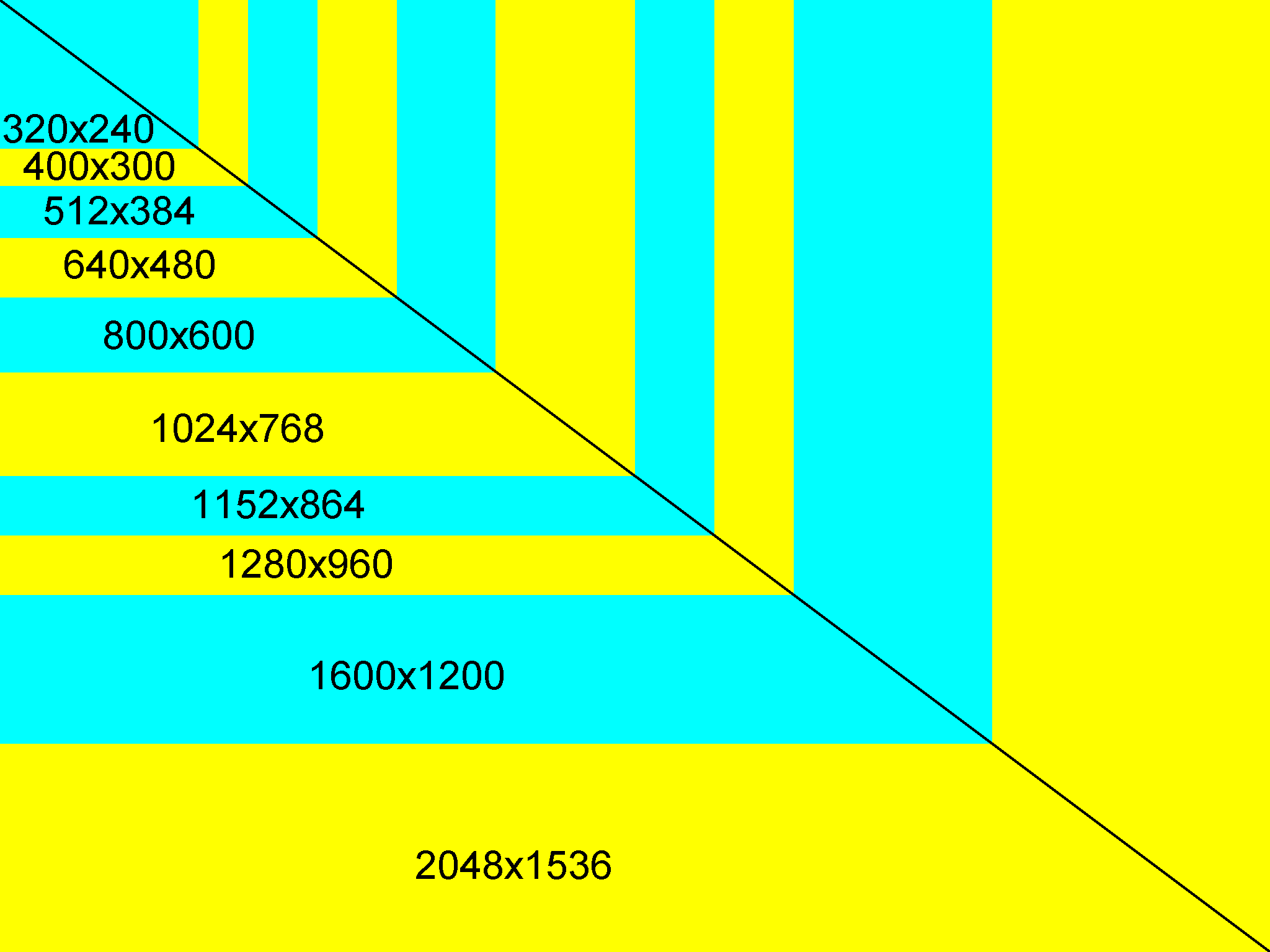
These TVs are even wider than 16:9, so black bars will be noticeable when watching movies not filmed at the 21:9 aspect ratio. 21:9Ģ1:9, also called "ultra-wide," made its debut in 2009.
#Change ultratron screen ratio tv
As such, you're likely to see black bars framing the picture when watching movies and shows filmed before the 16:9 aspect ratio was introduced.ġ6:9 TV aspect ratio is today's most common ratio, used for 4K and 1,920×1,080 resolutions. The images on 16:9 televisions are wider compared to 4:3 TVs. This is the widescreen HDTV format and is also called "rectangular" or "anamorphic." The aspect ratio of many current TVs is 16:9. The images on these TVs looked somewhat boxy because they weren't as wide as the newer models. It was also called "standard definition" or SD.

The old traditional TVs had a 4:3 TV aspect ratio, meaning that for every four units of width, there were three units of height. Here are three of the most popular aspect ratios we’ve seen on the market in the past 30 years: 4:3 Televisions have had different aspect ratios since their first appearance, so let's review some common aspect ratios over the years. It defines the overall shape of the screen and is usually presented as W:H, where W is the width and H is the height. The aspect ratio is the width-to-height ratio of a display. Now you may ask yourself, "What is an aspect ratio on TV?" and wonder what aspect ratios have to do with black bars framing the video image on your TV screen. However, this issue is easily manageable, but to understand the problem and decide whether solving it is worth it, you need to know what an aspect ratio is and how it works. Many people look forward to getting a new TV to watch their favorite movies and shows only to get the annoying bars at the top and bottom or sides of the screen ruining their viewing enjoyment. If the black bars on your new TV sound familiar, welcome to a massive club.


 0 kommentar(er)
0 kommentar(er)
